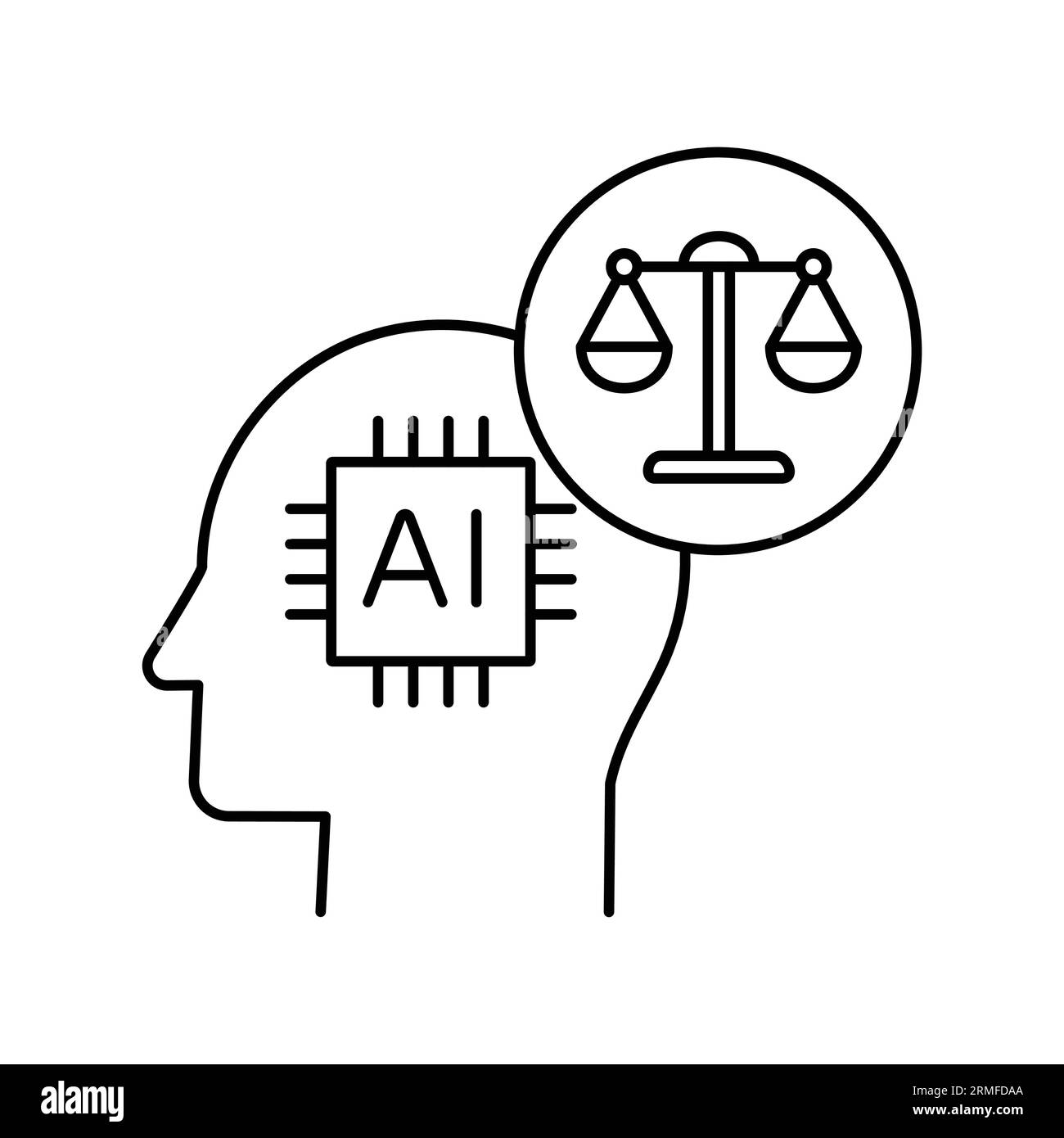SpaceX Starship: Testing Fixes After Back-to-Back Failures

Table of Contents
Analyzing the Causes of the Starship Launch Failures
The back-to-back Starship launch failures weren't due to a single issue but rather a complex interplay of factors. Analyzing these failures required a meticulous examination of engineering data, physical inspection of damaged components, and comprehensive simulations.
Engine Issues and Ignition Problems
The Raptor engines, the heart of the Starship system, presented several challenges during the initial launch attempts. Specific issues identified include:
- Raptor Engine Pre-ignition: Several engines experienced pre-ignition events, causing premature combustion and potentially impacting overall thrust and stability.
- Insufficient Thrust: Some Raptor engines failed to deliver the expected thrust levels, compromising the overall launch performance and trajectory.
- Engine Shutdowns: Unexpected engine shutdowns during critical phases of the ascent resulted in the loss of thrust and ultimately, mission failure.
The Raptor engine is a highly complex piece of machinery, pushing the boundaries of current rocket engine technology. Achieving reliable ignition and sustained high-performance under the extreme conditions of launch requires exceptional precision and consistency. SpaceX's iterative design process, while ambitious, necessitates continuous improvements in engine reliability to ensure mission success. The company’s commitment to pushing technological limits means such setbacks are unfortunately part of the learning curve.
Structural Integrity Concerns
The immense forces generated during a Starship launch place significant stress on the vehicle's structure. Post-failure analysis revealed areas needing improvement:
- Super Heavy Booster Issues: Initial launches highlighted potential weaknesses in the structural integrity of the Super Heavy booster, particularly in areas experiencing high stress during liftoff.
- Starship Heat Shield Problems: The extreme heat generated during atmospheric re-entry exposed vulnerabilities in the Starship's heat shield, leading to concerns about its ability to protect the vehicle during return.
The immense forces and thermal stresses during launch and re-entry require the use of advanced materials and manufacturing techniques. SpaceX has been actively researching and implementing improvements in materials science and manufacturing processes to enhance the structural resilience of both the Starship and Super Heavy booster. This involves strengthening welds, reinforcing crucial components, and utilizing more heat-resistant materials in critical areas.
Software and Flight Control System Glitches
While hardware failures played a major role, software and flight control systems also contributed to the setbacks:
- Software Bugs: Preliminary investigations revealed the presence of software bugs within the flight control system, impacting the vehicle's ability to maintain stability and execute pre-programmed maneuvers.
- Flight Control System Anomalies: Minor anomalies in the flight control system's response to unexpected conditions contributed to the loss of control during critical phases of ascent.
SpaceX's software engineers play a vital role in ensuring the safe and successful launch of Starship. These teams are working on implementing advanced software updates, enhanced algorithms, and refined control protocols to mitigate the impact of any potential software errors. Rigorous testing and simulation are crucial in identifying and addressing these issues before they impact future launches.
SpaceX's Response and Implemented Fixes
SpaceX's response to the launch failures has been swift and decisive, focusing on targeted improvements across all critical systems.
Engine Upgrades and Modifications
SpaceX engineers have implemented significant upgrades to the Raptor engines:
- Fuel Injection Improvements: Modifications to the fuel injection system aim to enhance combustion efficiency and prevent pre-ignition events.
- Improved Ignition Systems: Upgrades to the ignition systems are designed to ensure reliable and consistent ignition under all operating conditions.
- Enhanced Materials and Manufacturing: The integration of new materials and refined manufacturing processes is aimed at increasing the engine's overall durability and lifespan.
These modifications have been rigorously tested under simulated launch conditions to verify their effectiveness before integration into future Starship vehicles.
Structural Reinforcements and Material Enhancements
Significant structural improvements have been made to address weaknesses identified in the Super Heavy booster and Starship:
- Strengthened Welds: Critical welds have been reinforced to withstand the intense stresses experienced during launch.
- Reinforced Components: Key structural components have been strengthened to improve overall robustness.
- Advanced Materials: New, high-strength, heat-resistant materials have been implemented to enhance durability and thermal protection.
The revised designs underwent extensive testing and analysis using advanced simulation tools to verify their structural integrity under extreme conditions.
Software Updates and Flight Control Improvements
Software updates and code modifications have been central to addressing the identified software bugs and anomalies:
- Bug Fixes: Specific software bugs impacting the flight control system have been identified and corrected.
- Enhanced Testing: SpaceX has implemented enhanced testing and simulation methods to rigorously validate the flight control software.
- Improved Fail-safes: Additional safety protocols and fail-safes have been implemented to ensure system stability even under unexpected conditions.
These improvements aim to enhance the robustness and reliability of the flight control system, minimizing the risk of software-related issues during future launches.
The Future of SpaceX Starship Testing
The future of Starship testing will be characterized by iterative improvements and a commitment to learning from each launch attempt:
- Revised Testing Schedule: SpaceX will follow a revised testing schedule incorporating lessons learned from the previous launches.
- Iterative Approach: SpaceX will continue its iterative approach to design and testing, constantly refining the vehicle's design based on data gathered from each test flight.
- Reusable Starship Goal: SpaceX remains committed to its ultimate goal of developing a fully reusable Starship system, dramatically reducing the cost of space travel.
SpaceX's commitment to continuous improvement and iterative development bodes well for the future of Starship. By addressing the identified issues and integrating learned lessons, SpaceX is poised to overcome the challenges and achieve its ambitious goals in space exploration.
Conclusion
SpaceX's back-to-back Starship launch failures, while setbacks, provided critical data and spurred significant improvements. The company's rigorous analysis, comprehensive testing, and substantial upgrades demonstrate a commitment to resolving issues and advancing the technology. The future of SpaceX Starship hinges on the success of future launches, but the improvements made and lessons learned position the program for progress. Stay tuned for updates on the Starship launch program and its development – the future of space travel may depend on it!

Featured Posts
-
 El Factor Sorpresa Mamardashvili Y Su Impacto En El Juego
May 29, 2025
El Factor Sorpresa Mamardashvili Y Su Impacto En El Juego
May 29, 2025 -
 Space X Starbase Officially A Texas City
May 29, 2025
Space X Starbase Officially A Texas City
May 29, 2025 -
 Smiths Denial Joshlin Sale Blamed On Lombaard And Her Boyfriend
May 29, 2025
Smiths Denial Joshlin Sale Blamed On Lombaard And Her Boyfriend
May 29, 2025 -
 Ipa Eyxes Tramp Gia Anarrosi Mpainten
May 29, 2025
Ipa Eyxes Tramp Gia Anarrosi Mpainten
May 29, 2025 -
 Cuaca Hari Ini Kalimantan Timur Ikn Balikpapan Samarinda Dan Daerah Lainnya
May 29, 2025
Cuaca Hari Ini Kalimantan Timur Ikn Balikpapan Samarinda Dan Daerah Lainnya
May 29, 2025
Latest Posts
-
 Discounted Spring Hotel Stays Up To 30 Off Lavish Hotels
May 31, 2025
Discounted Spring Hotel Stays Up To 30 Off Lavish Hotels
May 31, 2025 -
 Exploring The Boundaries Of Ai Learning Towards Responsible Ai Development And Deployment
May 31, 2025
Exploring The Boundaries Of Ai Learning Towards Responsible Ai Development And Deployment
May 31, 2025 -
 Responsible Ai Acknowledging The Limits Of Ai Learning Capabilities
May 31, 2025
Responsible Ai Acknowledging The Limits Of Ai Learning Capabilities
May 31, 2025 -
 Exploring The Boundaries Of Ai Learning A Path To Responsible Ai
May 31, 2025
Exploring The Boundaries Of Ai Learning A Path To Responsible Ai
May 31, 2025 -
 Up To 30 Off Your Luxurious Spring Hotel Awaits
May 31, 2025
Up To 30 Off Your Luxurious Spring Hotel Awaits
May 31, 2025
